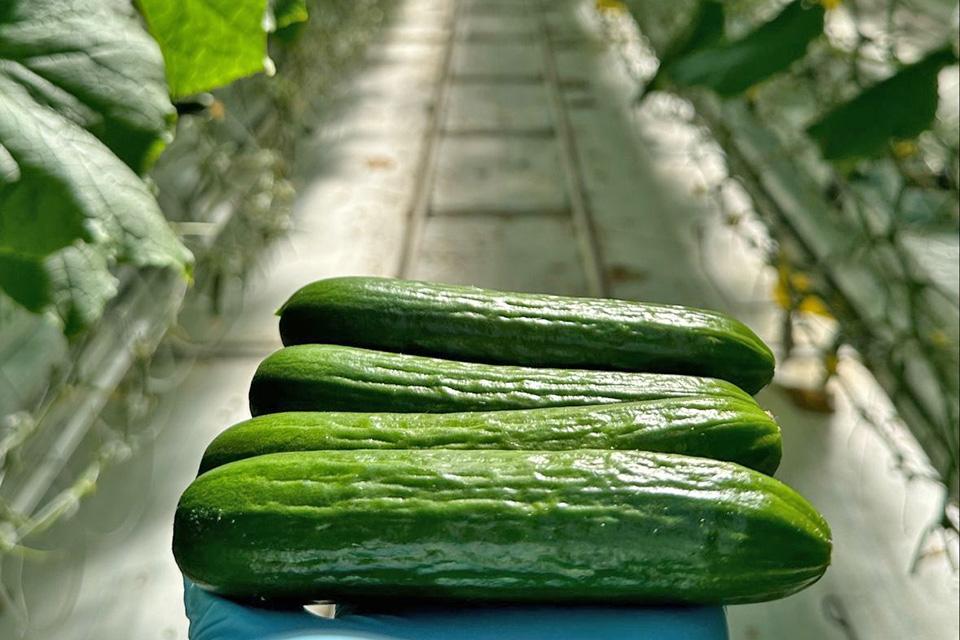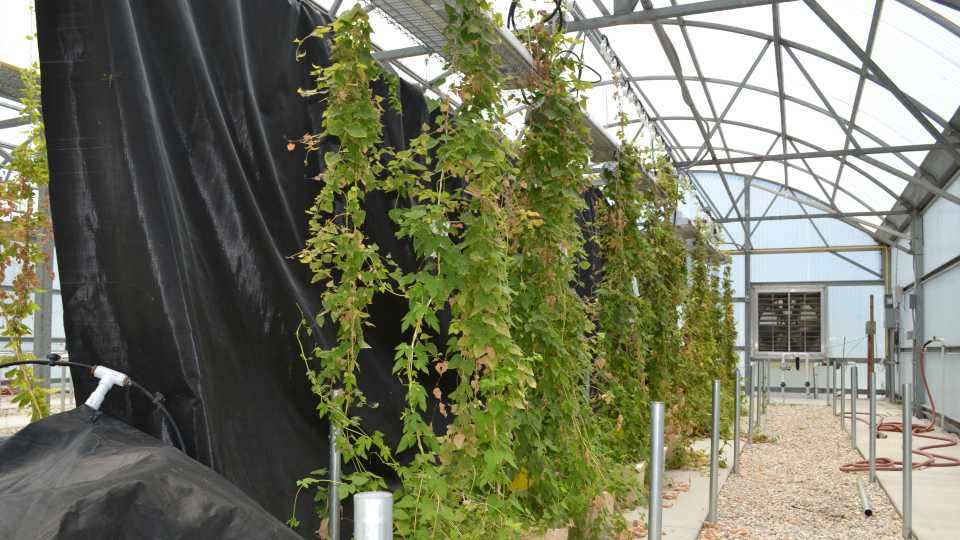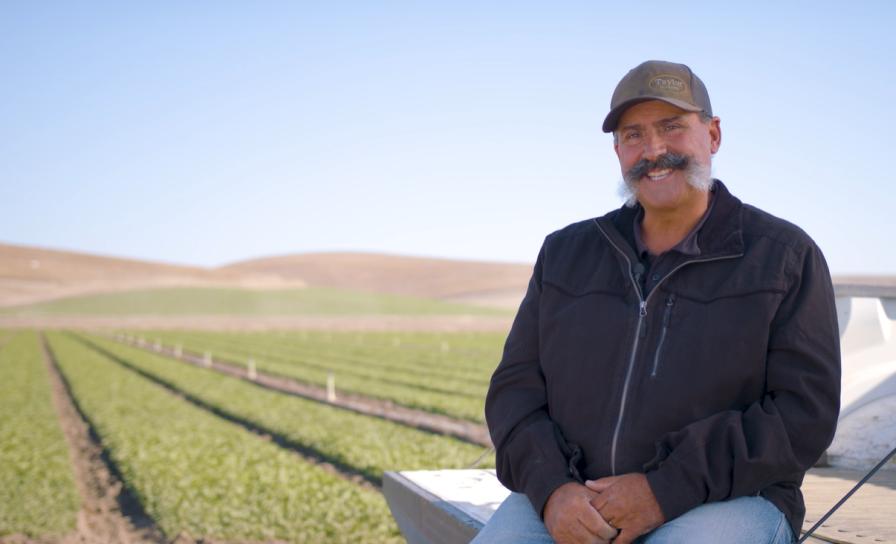Project To Help Improve Pollination for Blueberries

DYK? The American bumble bee has some advantages in pollinating blueberries, including the ability to forage in cool and wet weather.
Photo by Rachel Mallinger
Pollinating blueberries with bees isn’t an exact science — yet. Sweet success in this area depends on a variety of factors. This is why a team of researchers from several blueberry-growing states have teamed up to develop recommendations and tools to help growers optimize pollination.
Rufus Issacs, a Professor in the Department of Entomology at Michigan State University, will lead the project funded by a $2 million grant from USDA’s National Institute of Food and Agriculture. Other project participants include scientists from the University of Florida, Oregon State University, and Washington State University.
According to Rachel Mallinger, an Assistant Professor in the UF/IFAS Entomology and Nematology Department, blueberry growers across the U.S. report that ineffective pollination is a top concern for their business, as it directly affects the amount and quality of product they can bring to market.
“Some years blueberry pollination goes well, other years not so much, so we are looking to help growers take some of the guesswork out of it,” she says. “Our ultimate goal is to provide a tool we’re calling the pollination planner. The pollination planner will help growers decide how many bees to use and when to bring them in based on their location, climate, size of their farm, and varieties of blueberry they grow.”
The multi-state project has several components.
“Our contribution in Florida will be to look at our modern southern highbush blueberry varieties and determine their pollination needs and what makes them attractive to bees,” Mallinger says. “Some varieties need to be pollinated with pollen from a different blueberry variety to achieve optimal yields, while others are more self-compatible. Some varieties may hold on to their pollen tightly, others less so. Even the color or size of the flower, or how much nectar it produces, might impact how attractive that flower is to a bee.”
Other researchers on the project will develop recommendations for the number of bees — called stocking density — needed to pollinate modern varieties of blueberry. Another component of the project will investigate how weather conditions, such as extreme heat, influence pollination success.









